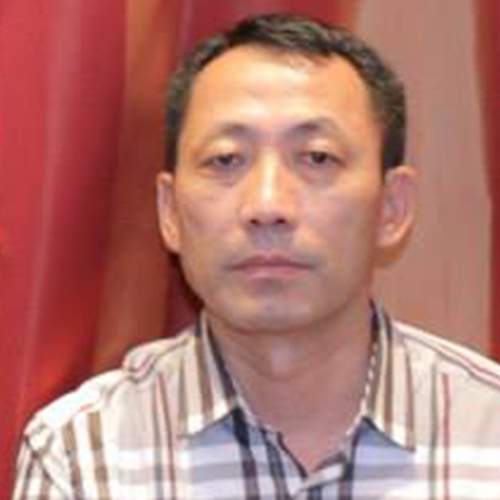 Nepal is an agricultural country where most of the food, vegetables, fruits and fish and meat are imported from outside, even though it is dependent on agriculture. On the one hand, Nepali youths are moving away from agriculture and moving to cities, while on the other hand, they are migrating abroad for employment. In such an unfavorable situation, with the active participation of some local farmers, Nepal Agricultural Tourism Pvt. Limited company was established and cultivated about 700 acres of barren land, 400 acres of cardamom, more than 150 acres of oranges and 60 acres of lemons in Melung-1 and Shailung-8 of Dolakha district. We have started from last 2 years. Similarly, for organic production, we will be committed to produce organic healthy fruits and vegetables from raw materials and organic fertilizers through buffalo breeding and deliver them to consumers. Similarly, even though Nepal is the country that produces the most cardamom in the world, the 565th traditional method aims to improve the practice of cardamom cultivation and production by maintaining the quality of Nepali cardamom that is in demand at the international level. Bringing the cardamom produced in Nepal to the international market through its own branding. If this can be done, the cardamom farmers of Nepal will get a good price, the barren and wasted land owners will get the rent of the land and the land will be put to good use, the farmers who have entered the city and the youth from the village and abroad will also be attracted to agriculture, self-employment, full and partial employment in the village. There is a strong possibility of raising the standard of living of farmers and making them prosperous. Also, it will contribute greatly to revenue collection and making the country self-sufficient in food. But for that, the government of Nepal should be able to commercialize and mechanize agriculture by bringing agricultural policies, plans and programs in line with Nepal's originality. In the subsidized agricultural loans given in agriculture, plans, programs and equipment distribution through the local government should be implemented so that special farmers can get them. Politically accessible, business houses, workers of their own party, organizations, middlemen and brokers make programs and plans by removing distortions and anomalies like subsidized loans, facilities, subsidies, equipment distribution. Peasant class. It should be able to be implemented effectively. Only if this can be done, the agricultural revolution in Nepal is possible in the true sense, i.e. the commercialization of agriculture. It is again the responsibility of the state government.
Nepal is an agricultural country where most of the food, vegetables, fruits and fish and meat are imported from outside, even though it is dependent on agriculture. On the one hand, Nepali youths are moving away from agriculture and moving to cities, while on the other hand, they are migrating abroad for employment. In such an unfavorable situation, with the active participation of some local farmers, Nepal Agricultural Tourism Pvt. Limited company was established and cultivated about 700 acres of barren land, 400 acres of cardamom, more than 150 acres of oranges and 60 acres of lemons in Melung-1 and Shailung-8 of Dolakha district. We have started from last 2 years. Similarly, for organic production, we will be committed to produce organic healthy fruits and vegetables from raw materials and organic fertilizers through buffalo breeding and deliver them to consumers. Similarly, even though Nepal is the country that produces the most cardamom in the world, the 565th traditional method aims to improve the practice of cardamom cultivation and production by maintaining the quality of Nepali cardamom that is in demand at the international level. Bringing the cardamom produced in Nepal to the international market through its own branding. If this can be done, the cardamom farmers of Nepal will get a good price, the barren and wasted land owners will get the rent of the land and the land will be put to good use, the farmers who have entered the city and the youth from the village and abroad will also be attracted to agriculture, self-employment, full and partial employment in the village. There is a strong possibility of raising the standard of living of farmers and making them prosperous. Also, it will contribute greatly to revenue collection and making the country self-sufficient in food. But for that, the government of Nepal should be able to commercialize and mechanize agriculture by bringing agricultural policies, plans and programs in line with Nepal's originality. In the subsidized agricultural loans given in agriculture, plans, programs and equipment distribution through the local government should be implemented so that special farmers can get them. Politically accessible, business houses, workers of their own party, organizations, middlemen and brokers make programs and plans by removing distortions and anomalies like subsidized loans, facilities, subsidies, equipment distribution. Peasant class. It should be able to be implemented effectively. Only if this can be done, the agricultural revolution in Nepal is possible in the true sense, i.e. the commercialization of agriculture. It is again the responsibility of the state government.